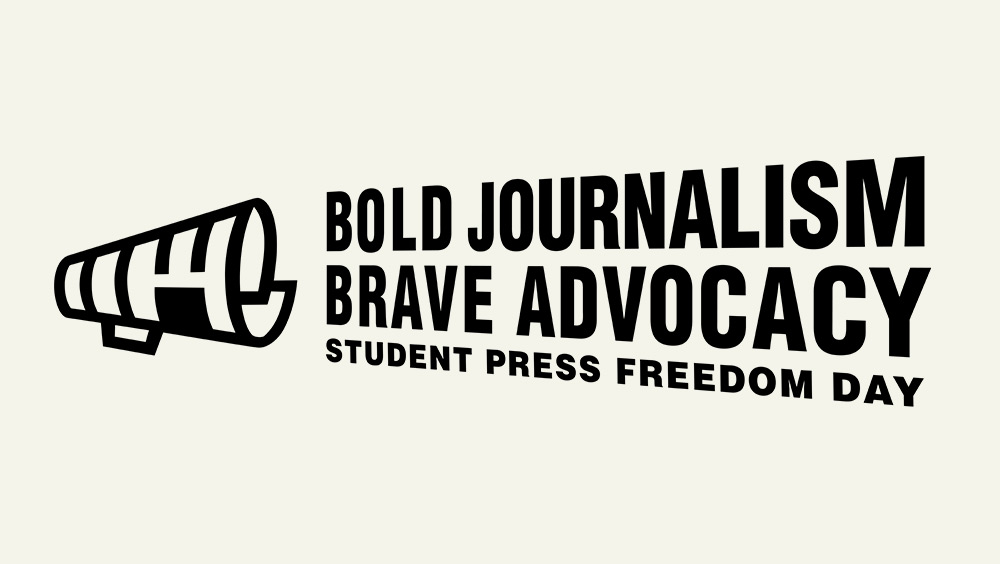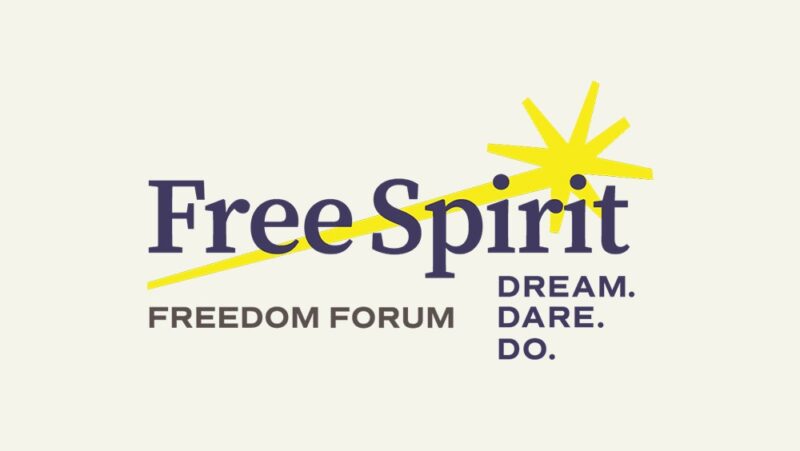Student Press Freedom Day and Why It Matters

Student Press Freedom Day is Feb. 23 this year, and we should care more than ever about celebrating it.
The Student Press Law Center, the prime organizer, says that Student Press Freedom Day – now in its fifth year – aims to help high school and college student journalists “raise awareness of the challenges they face, celebrate their contributions … and take actions to protect and restore their First Amendment freedoms.”
For millions, it should be a day to note that in more and more places, students are the primary – and sometimes the only – journalists reporting what’s going on in our cities and towns.
Learn about Student Press Freedom Day — and why you should care
Journalism think tank Neiman Lab reports increasingly common partnerships between commercial and student news operations. It notes the University of Maryland’s Philip Merrill College of Journalism’s Capital News Service, which works statewide with commercial news outlets from print and online to TV stations. In Lansing, Mich., a primary source for community and college news is the student-operated Michigan Daily.
The Foundation for Individual Rights and Expression reported recently that “from the A&T Register at North Carolina A&T State University to The Collegian at California State University Fresno to The Minnesota Daily … at the University of Minnesota, student publications reported on protests on their campuses and across their surrounding communities, shedding light on alleged institutional racism and civil injustice.”
No doubt some still consider the “student press” to be the stuff of homecoming photos, school spirit editorials and not much beyond that. But student journalists also report on public health issues, community development, local crime and more.
SPLC provides multiple examples, including:
- El Estoque, a news outlet for Monta Vista High School in Cupertino, Calif., published an interactive series about COVID-19's impact on the community, including the spread of disinformation, a backlash against Asian students and a comprehensive pandemic timeline.
- Reporters from The Kirkwood Call, a high school newspaper near St. Louis, produced stories on racism in their school and in the community, including issues around redistricting and redlining policies.
- The Daily Northwestern at Northwestern University reported on the effect of discriminatory environmental policies on the drinking water and health of the historically Black 5th Ward in Evanston, Ill., using data analysis, visual graphics and a podcast.
- The Wingspan at Liberty High School in Texas published a special report on voting, from youth participation to racial gerrymandering.
Worried about students’ commitment to professionalism? In 2018, as gunshots still were sounding in Marjory Stoneman Douglas High School in Parkland, Fla., student journalists huddling in a classroom closet talked about how to report on the tragedy – if they survived.
The increasingly common occurrence of “news deserts” across the United States – areas where no commercial news operation of any kind exists – is part of the prompt to report off-campus. But so is the generational change of the world of student journalism.
Once limited to a school-based audience by the publishing-and-distribution mechanics of the time, the student press today has access to many of the same communication tools and platforms as any professional journalist.
Subjects once too controversial to touch – from gender issues to the fentanyl and opioid epidemics to sexual abuse – are front and center for students immersed in a 24/7, interactive, global sea of online information and social media chatter.
It’s not just the news and those who report it that have undergone a generational shift. In 2001, a Freedom Forum national survey found about half of adults opposed allowing student journalists to report on controversial subjects without approval of school administrators. But in 2014, support flipped to 68 percent in favor.
Of course, not everyone welcomes an active and engaged student press. In 2022, a Nebraska public high school shut down its newspaper, The Viking Saga, three days after the publication ran editorials on LGBTQ issues against school administrator wishes. SPLC reports a growing national backlash by school officials over reporting on gender issues.
Still, while court rulings provide both private and public schools clear avenues to censor student journalism, a movement by student press advocates called “New Voices” has resulted in legislation in 16 states to ensure First Amendment protection in public schools. Those laws say student journalists alone determine the content of school-sponsored media, with few exceptions, and protect student media advisers from administrator retaliation.
The theme of this year’s Student Press Freedom Day is “Bold Journalism. Brave Advocacy.” From Parkland to Cupertino, St. Louis to Chicago – and ever more likely now in your town — student journalists are doing both.
What Is Intentional Infliction of Emotional Distress?
Meet the 2023 Al Neuharth Free Spirit and Journalism Conference Scholars
Related Content
The more you know, the freer you are.
Learn about the First Amendment.

